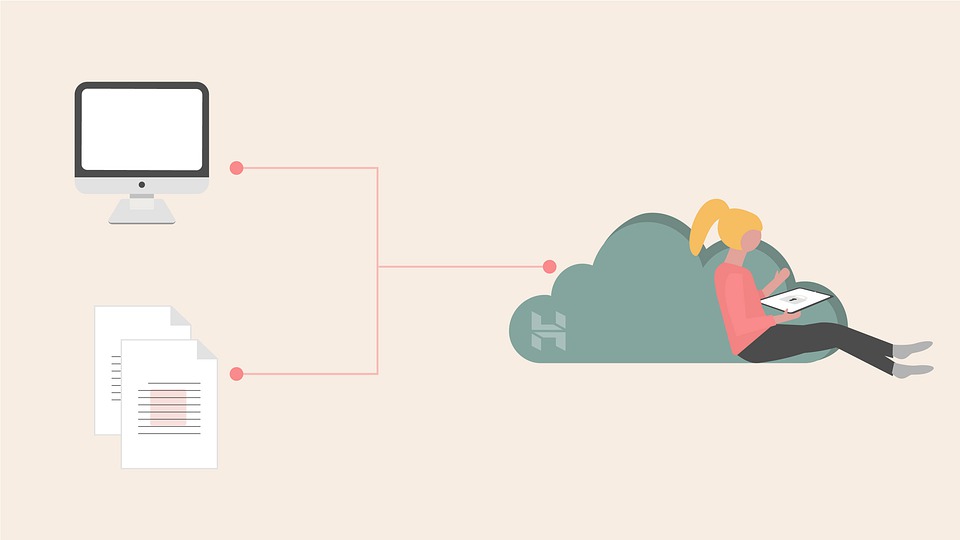Table of Contents
Well into the digital age, Customer Relationship Management (CRM) software remains exceptionally lucrative for businesses of all sizes. Where such tools as Google Analytics track lead interactions, CRM seeks to manage interactions with customers within the sales funnel. In tandem with such tools and other software, CRM offers a wealth of insight and management options. However, a common criticism of CRM lies in an overabundance of features; not all features are equal or equally useful. Thus, this article will explore essential CRM features your business cannot function without, as well as crucial CRM qualities.
CRM features versus CRM qualities
Initially, we must make an important distinction; features and qualities are very different terms. For example, you may frequently find articles listing ease of use as a feature or using “feature” and “functionality” interchangeably. In contrast, consider how Boardingware distinguishes between software features and functions. For another example, consider how Windows Central distinguishes between quality and features.
This can likely devolve into a profound linguistic argument, which isn’t the focus of this article. Thus, we’ll simply explore both under this scope; essential CRM features are specific practical tools. Essential CRM qualities are the sums of CRM features that make the software user-friendly or otherwise usable.
CRM features your business cannot function without
Now, having made this distinction, let’s explore the essential CRM features first. We’ll do so under the scope of which features businesses need, not which features CRM frequently offers for general use.
#1 A consolidated customer database
 First and foremost, a consolidated customer database is a vital practical feature. This is the core feature CRMs of all types offer, regardless of potential industry focus.
First and foremost, a consolidated customer database is a vital practical feature. This is the core feature CRMs of all types offer, regardless of potential industry focus.
The reason why it’s so essential is simple enough. Businesses of all sizes, from small-to-midsize businesses (SMBs) to international juggernauts, interact with customers on a daily basis. In modern sales funnel models, these interactions rarely remain isolated. Instead, businesses need to collect contact information and interaction data for such benefits as:
- Swifter response to recurring customer inquiries and enhanced customer service.
- Lead analysis and segmentation for more efficient targeted marketing and lead acquisition.
- Outreach hyper-focus for enhanced customer retention.
Even businesses with much more modest aspirations may still use Contact Management Systems (CMSs) to keep track of contact lists. This best highlights the need for CRMs’ databases; no business can function without a customer database.
#2 Lead management and customer segmentation
 Similarly, having touched on these benefits of databases just above, lead management and customer segmentation are vital features. Some will argue they’re not strictly CRM features your business cannot function without, but they’re quintessential marketing features nonetheless. From marketing to SEO optimization, they both provide invaluable insights.
Similarly, having touched on these benefits of databases just above, lead management and customer segmentation are vital features. Some will argue they’re not strictly CRM features your business cannot function without, but they’re quintessential marketing features nonetheless. From marketing to SEO optimization, they both provide invaluable insights.
To separate the two, lead management features typically include the following:
- Lead capture
- Lead tracking, scoring, and nurturing
- Intelligent routing, analytics, and reporting
Synergizing with them are customer segmentation features. These typical segment leads and customers based on traits and behaviors, including factors like:
- Demographics and geography
- Psychographics
- Behavioral patterns
In conjunction, the two provide the perfect tool for hyper-focused marketing. They enable precise lead nurturing and timed outreach, informing strategies from the discovery phase to the post-engagement phase. For starting businesses, they can help inform brand awareness campaigns. For established businesses, they can boost customer retention rates through an enhanced customer experience across the sales funnel.
#3 Pipeline management and workflow automation
Finally, pipeline management and workflow automation features are both equally essential features for internal optimization. Notably, not all CRM solutions offer the same tools on this front, so prior research is highly advisable.
Both of these feature types seek to enhance internal operations and build toward CRM’s definitive goal. Pipeline management features build on lead management and seek further to optimize one’s sales funnel. Thus, they typically share common goals:
- Identifying sales cycle shortcomings and weak points
- Monitoring sales performance through Key Performance Indicators (KPIs)
- Forecasting sales for proactive measures
Similarly, workflow automation features seek to streamline one’s workflow. This is such a vital feature that it inspired Workflow Management Systems (WfMSs); software specifically dedicated to it. Fortunately, CRM software typically provides automation options as well, that aim to:
- Automate repetitive tasks that require little to no human oversight or creative input
- Follow up on pending or uncompleted tasks
- Monitor the overall workflow through specified KPIs
In tandem, such features can resolve operational lag and refine operations.
Essential CRM qualities
 Having discussed basic CRM features your business cannot function without, let us now briefly touch on essential CRM qualities. As highlighted above, these are the sums of features that describe CRMs’ use and usability.
Having discussed basic CRM features your business cannot function without, let us now briefly touch on essential CRM qualities. As highlighted above, these are the sums of features that describe CRMs’ use and usability.
Ease of use
First and foremost, ease of use is of paramount importance. CRM adoption rates are still lacking, as Introhive reports, echoing Hubspot, CSO Insights, and other industry leaders. Thus, businesses that opt for CRM should prioritize user-friendliness to tackle this challenge.
Ease of use frequently depends on clean dashboards and interfaces, as well as easy data input. Carefully consider which CRM features like these can best help your employees use your CRM of choice.
Customizability and integration
Next, CRM typically needs to integrate into existing business assets. Moreover, CRM frequently needs to see customizations, be it due to an expanded scope or unused features. Thus, CRM needs to provide the ability to do both.
This quality depends on CRM solutions’ compatibility with prominent business assets like common email platforms and communication tools. Third-party integration options, Content Management System (CMS) compatibility, and other factors conclusively determine this quality.
Security
Finally, security is a pressing concern across all industries. GDPR compliance aside, security is vital in regards to customer data.
A secure CRM will typically offer security features such as:
- Encryption
- Two-Factor Authentication (2FA)
- Offline mode
Security features will also differ depending on whether the CRM in question is on-premise or cloud-based. But in all cases, security is essential.
Conclusion
To summarize, essential CRM features are a consolidated database, lead management tools, and workflow automation and monitoring tools. Essential CRM qualities that enhance these features are ease of use, customizability, and security. However, CRM solutions differ as much as businesses do. Thus, only proper research can ensure you’ll make the right choice that will elevate your business.
About the author
 Bryan Turner is a freelance digital marketer and copywriter, with a keen focus on business software. He frequently contributes content to MoversTech CRM, where he discusses common CRM challenges, tried-and-tested strategies, and emerging innovations.
Bryan Turner is a freelance digital marketer and copywriter, with a keen focus on business software. He frequently contributes content to MoversTech CRM, where he discusses common CRM challenges, tried-and-tested strategies, and emerging innovations.


